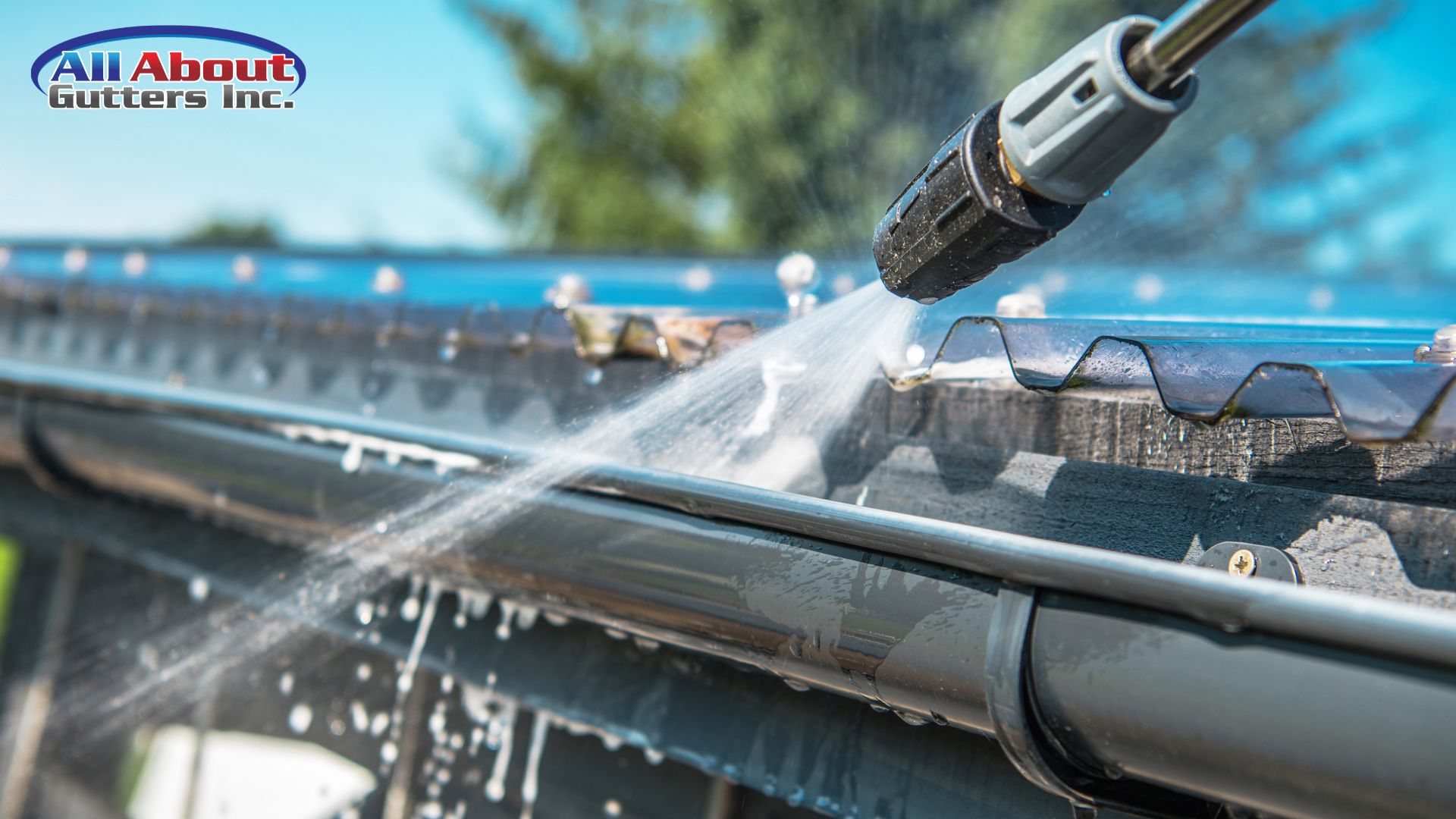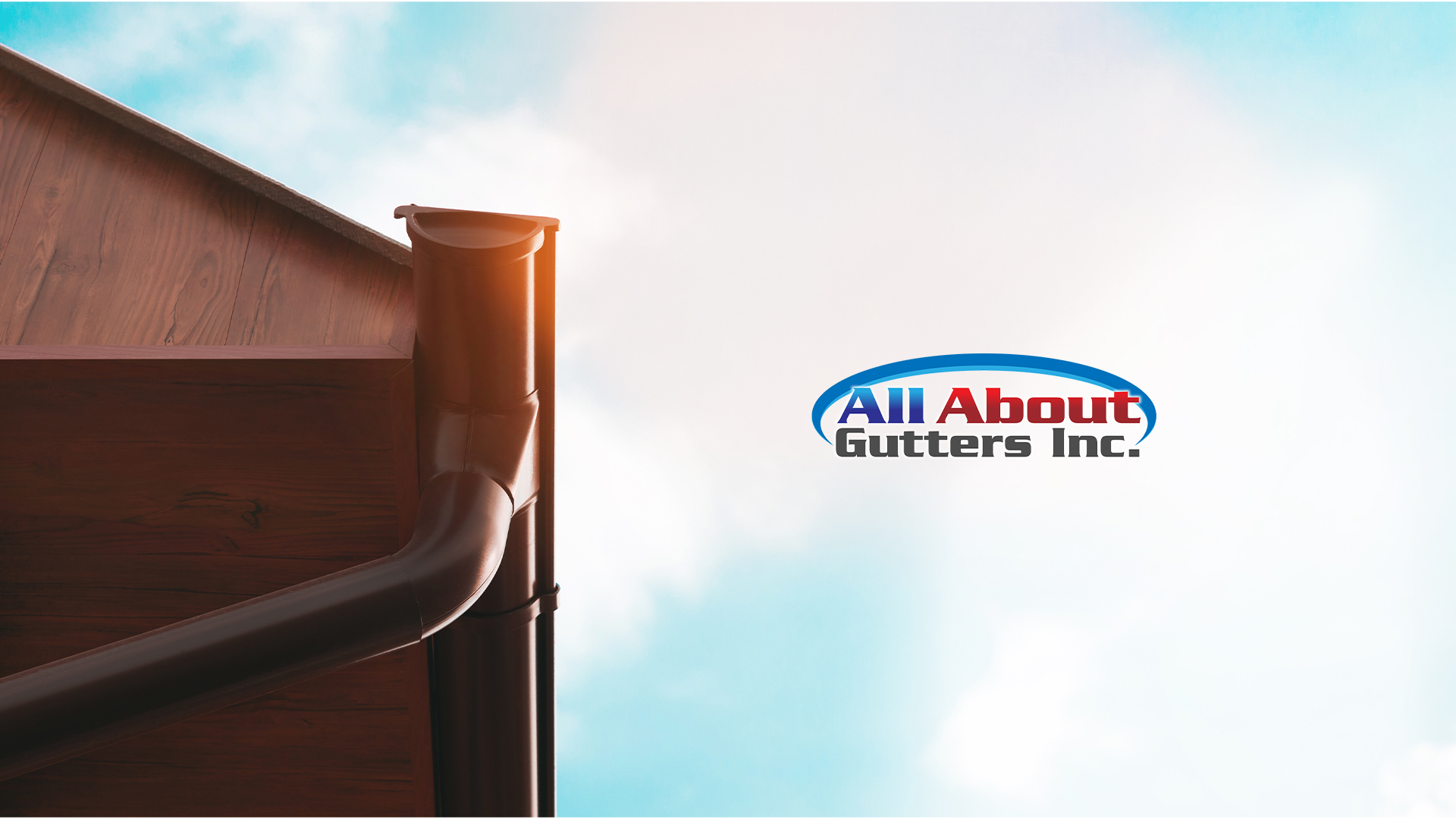How to Clean the Gutter Safely
How to Clean the Gutter Safely
During a storm, drains and gutters limit the outflow of
water from a very large area, where it can flow away from the house. In this
way, they protect siding, windows, doors and foundations from rainwater damage
and help prevent flooding in basements. This guide will detail how to clean your gutter safely
SCHEDULE CLEANING
The first thing you need to decide is how you will collect
the leaves and other objects that you will remove from the gutter. The method
will vary depending on whether the material is wet or dry.
Gutters must be clear of leaves and debris. If they aren't,
the drain sockets will be damaged and rainwater will fill them, overflowing.
Water that collects in the depressions will cause wooden gutters to rot and
rust on sheet metal gutters. Plan to clean your gutters at least twice a year,
or more often if your roof is directly under trees or if you live in a region
with frequent bad weather. It is very important to work safely on a roof
ladder.
CLEANING THE GUTTER BY HAND
This is the most common approach to cleaning gutters largely,
because it doesn't require any special equipment. All you need is a ladder, a
bucket to put the slime that will come out of the gutters and some gloves to
protect your hands while you work. The approach is simple: climb the ladder,
reach your gutter and start pulling out everything you find inside. You'll find
some pretty gross stuff that's made up of a combination of leaves, dead bugs,
pine needles, dirt, and anything else that ends up in there. The hardest part
about this method is that it will be very labor intensive. You will have to go
up and down your ladder a lot of times and you will have to go and empty the
bucket regularly. There really is no other way to make this gutter cleaning
method easier.
CLEANING GUTTERS WITH A BLOWER
The conventional method employed on low-pitched roofs is to
blow dry debris out of the gutters with a leaf blower. If you use this method,
wear goggles and a dust mask and be very careful.
Work from a sturdy ladder extended above the eaves and wear
gloves to protect your hands from metal screws.
A better option is to use a gutter cleaning kit that
connects to a leaf blower. Again, you'll need to protect yourself from the
leaves and debris raining down on you by wearing goggles and a dust mask.
Extension stairs they're typically best when working along
the edge of the roof and are the only option when working a two-story house.
With a one-story home, you may be able to do this job on a tall stepladder;
whichever ladder you use, never exceed the upper level set by the manufacturer
of the ladder. If you don't have a ladder long enough to do the job safely,
rent or borrow one. Choose a sturdy ladder and place it on a stable, level
foundation. A tall stepladder may be easier to use than an extension ladder. If
you must lean an extension ladder against eaves, protect it by inserting part
of it through it. Stand on the ladder with your hips between the rails, and
don't lean over the sides. Never stand on the top two rungs.
GUTTER CLEANING WITH WATER JET
If you are looking for the easiest way to clean gutters
yourself, then the use of a power washer must surely be at the top of the list.
Put into your drain this stream of water can remove just about anything in its
path. Unlike a blower, a washer can actually remove nearly every chunk of mud
in your gutters, meaning you won't have to clean it as often as you would if
you used a blower. The other big plus is that you don't have to worry about a
thing. After you've sprayed your gutters, just put your pressure washer on top
of a downspout and spray until it's clear of debris. The only real downside is
that it's a messy job. Using a high pressure hose nozzle fitted to the end of a
water hose, flush each side of the gutter, working towards the exhaust outlet.
This can be a messy job; try to avoid splashing mud all over the house. If
necessary, use a stiff brush to remove encrusted dirt.
If water doesn't flow freely through the drain hoses, try
flushing the debris with a hose. If that doesn't work, use a plumber's (snake)
auger to free and pull the debris out of the bottom or, in some situations, to
push it up from the top.
HOW TO KEEP GUTTERS CLEAN
Inspect and clear gutters in both the spring and fall. You
may also need to loosen any dirt that has blown into the gutters and scrub with
a stiff brush. The gutters cleaned with a jet of water from a hose, are
perfectly removed from the material that has settled in the downspouts.
The slope of the gutters may need to be adjusted from time
to time to keep the water moving to the downspouts. Run water through them, and
if they drain slowly, reposition them so they angle toward the downspouts at a
rate of 1/4 for every 4 inches.
Make sure your downspouts shed water well away from your
home. If necessary, add downspout extenders to carry the water away. Also
consider concrete or plastic splash blocks, which are sloped slightly and
extend away from the house by at least 8 inches.
Also check the downspouts for rust, peeling or peeling
paint, as well as leaks, and make sure they are tight against the dashboard
panels. Check the fascia boards them, to be sure they are free from dry rot or
anything else, if you need to, replaces them with wood preservative treated
lumber. Once your roof gutters are cleared of debris, make sure your downspouts
are clean. If your downspouts have horizontal extension pipes, remove them to
discard the downspouts.




Comments
Post a Comment